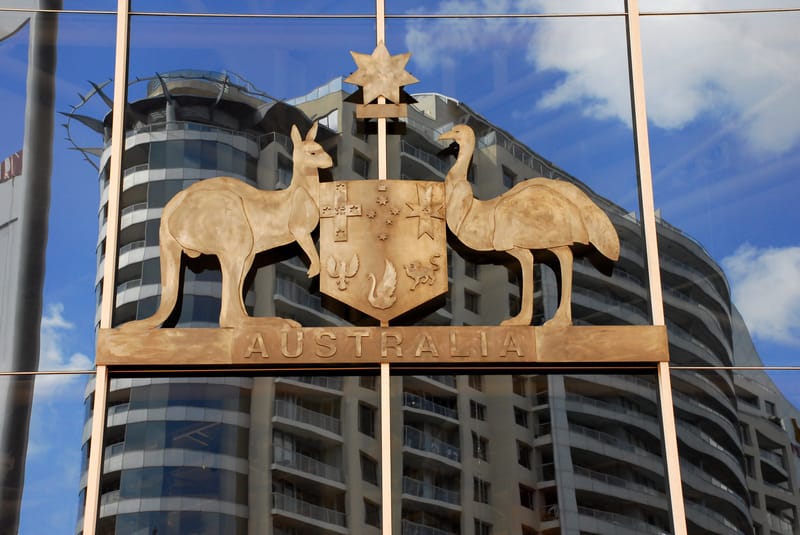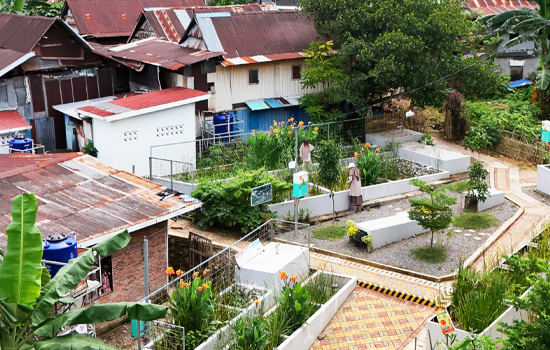Australia is late to the party in only recently expressing real interest in China’s One-Belt, One-Road initiative (OBOR). And if Australian businesses don’t take advantage of the opportunities available in this project now, there are plenty of regional competitors that will take their place.
Australia became an unofficial OBOR partner in 2016, with the launching of a public-private NGO known as the Australia-China OBOR Initiative (ACOBORI), less than a year after the signing of the China-Australia Free Trade Agreement.
Australia has so far declined China’s offer to formally link the Northern Australia Project to OBOR. However, more recently Trade Minister Steve Ciobo, has said he sees merit and opportunities for collaboration (particularly around the northern Australia initiative) arising from OBOR, adding the caveat that decisions about such collaborations would be taken “on the basis of what is Australia’s national interest”.
Following the old silk road
China’s One-Belt, One-Road initiative (OBOR) comprises a land belt and a sea road. The land belt connects China’s underdeveloped hinterland to Europe, traversing 65 countries across the land terrain of the ancient Silk Road land route. The sea leg comprises a network of railways and ports crossing an ocean route that connects Europe with the Middle East, Africa and Southeast Asia.
OBOR has significant backing in China, including from the China-led Asia-Infrastructure Investment Bank (AIIB).
OBOR is backed not just by the AIIB, but also by two other recent development finance initiatives - the Silk Road Infrastructure Fund and the New Development Bank. The infrastructure fund is made up from Chinese foreign exchange reserves and will act like a Chinese sovereign wealth fund. The bank was established by the BRICS nations (Brazil, Russia, India, China and South Africa) in 2014.
For the government, OBOR provides a policy tool for channelling investment from China’s wealthy seaboard provinces to the under-developed central and western regions. It channels China’s investment into projects that will have longer-term benefits, and not just into assets that are vehicles for parking hot money. All at a time when China is seeking to curb the flight of money from the country.
Australian business involvement
There are many risks and challenges to be faced in such a vast initiative as OBOR - with its cross-border projects involving a variety of different countries, each with its own historical baggage and current preoccupations.
An inaugural ACOBORI report identified a number of established and emerging sectors of opportunity for Australian industry arising from OBOR. Both inbound and outbound trade and investment with China can, importantly, pave the way for greater diversification of the Australian economy.
University of Melbourne affiliate, Asialink, identifies opportunities in sectors such as: agriculture, financial and legal services, education, tourism, healthcare, energy, architecture engineering and planning expertise.
The Australian services sector has so far demonstrated the keenest interest in OBOR, especially in finance and law. The list of those already involved include three of the big four banks, law firms King Wood and Mallesons and Minter Ellison, and global engineering consulting firms Worley Parsons, SMEC and Norman Disney & Young.
It’s the smaller firms and those in challenged sectors (particularly manufacturing) that appear less willing to investigate the risks and opportunities. This isn’t helped by the Australian government, which appears to be torn between a fear of Chinese influence and a desire not to miss out on potential opportunities for lucrative involvement in OBOR projects.
There are two key reasons why Australia needs to remain involved in both the AIIB and OBOR. The first is the risk of missing out if Australian businesses don’t take advantage of the opportunities available.
Foreign firms are already taking advantage of the situation. For example, Hutchinson Ports, controlled by CK Hutchison Holdings of Hong Kong’s richest man Li Kashing, already operates ports at 22 locations in 18 countries along the OBOR route. Hutchinson Ports is planning to start operations in another three countries along the route in 2017, and enlarge capacities of existing terminal facilities to ride on growing demand.
At the moment researchers describe the situation surrounding China’s OBOR as “contested multilateralism”. This is where states and businesses use new multilateral institutions to challenge established institutions, rules, practises or missions.
The AIIB has been seen as a challenge to the established institutions of the (US-dominated) World Bank and (Japan-dominated) Asian Development Bank. China’s OBOR initiative can similarly be seen as a challenge to the dominance of US and European investment presence in the region.
In such a world, clever businesses are not seeing any need to choose sides. So far as possible, they are playing the field; taking advantage of opportunities as they arise, all the while keeping careful track of changing risks.
The second reason why Australian businesses need to remain actively engaged, is to ensure that the country is in a position to influence the longer-term future of the region. Australia should be using its influence to emphasise the potential for OBOR initiatives to help achieve the sustainable development goals including reducing hunger, poverty and inequality, to name a few.

Alice de Jonge does not work for, consult, own shares in or receive funding from any company or organisation that would benefit from this article, and has disclosed no relevant affiliations beyond the academic appointment above.
Source: http://theconversation.com/australia-risks-missing-out-on-chinas-one-belt-one-road-77704





